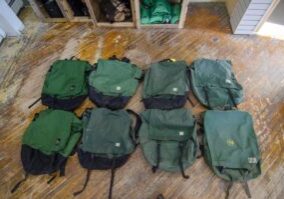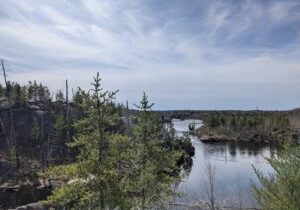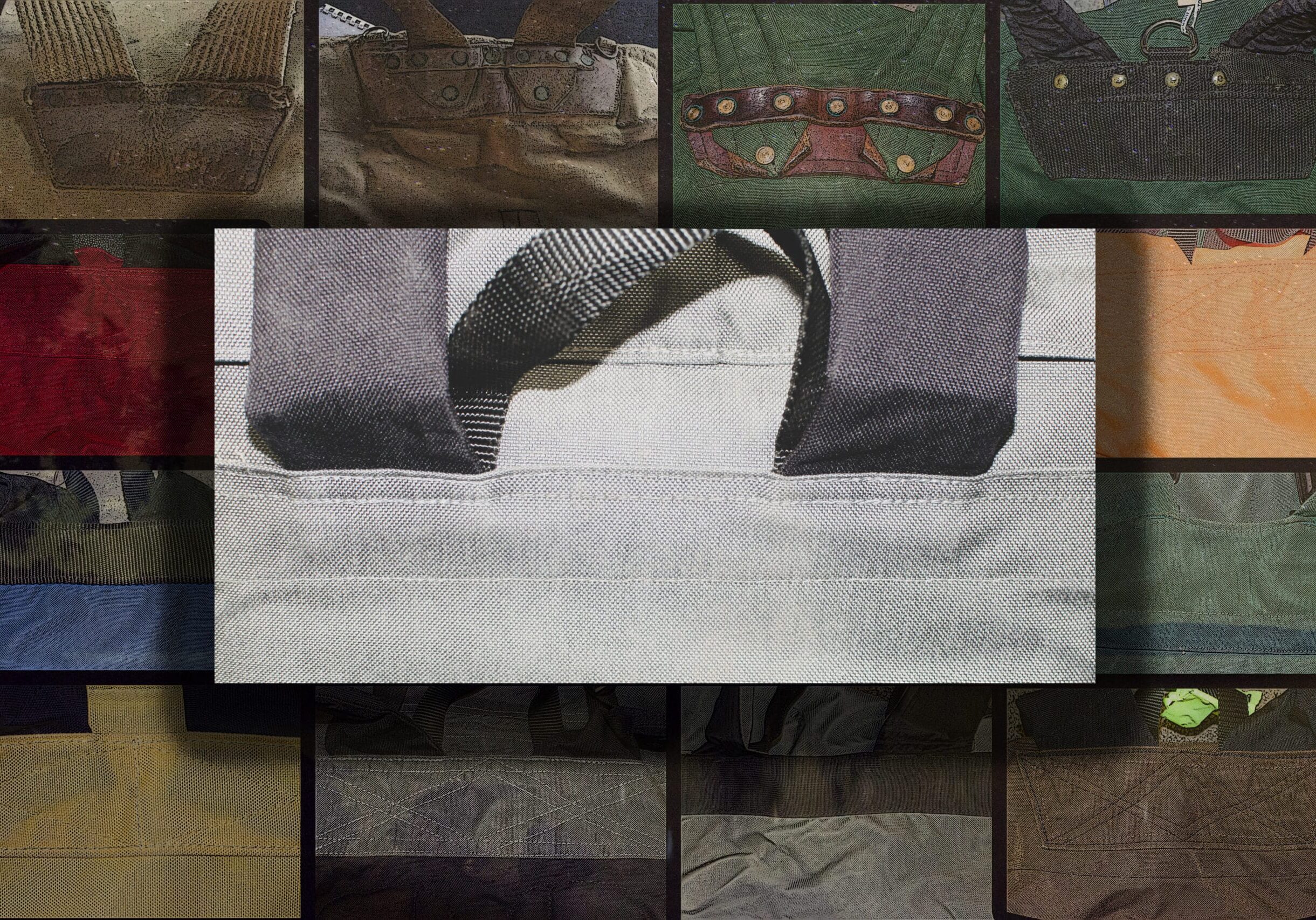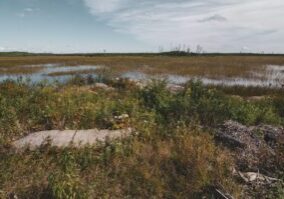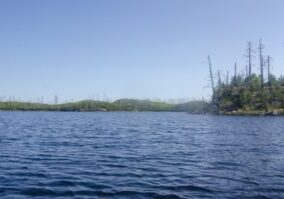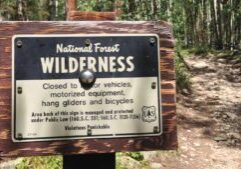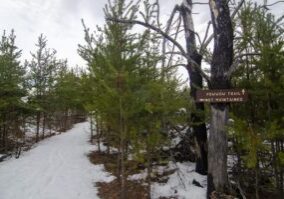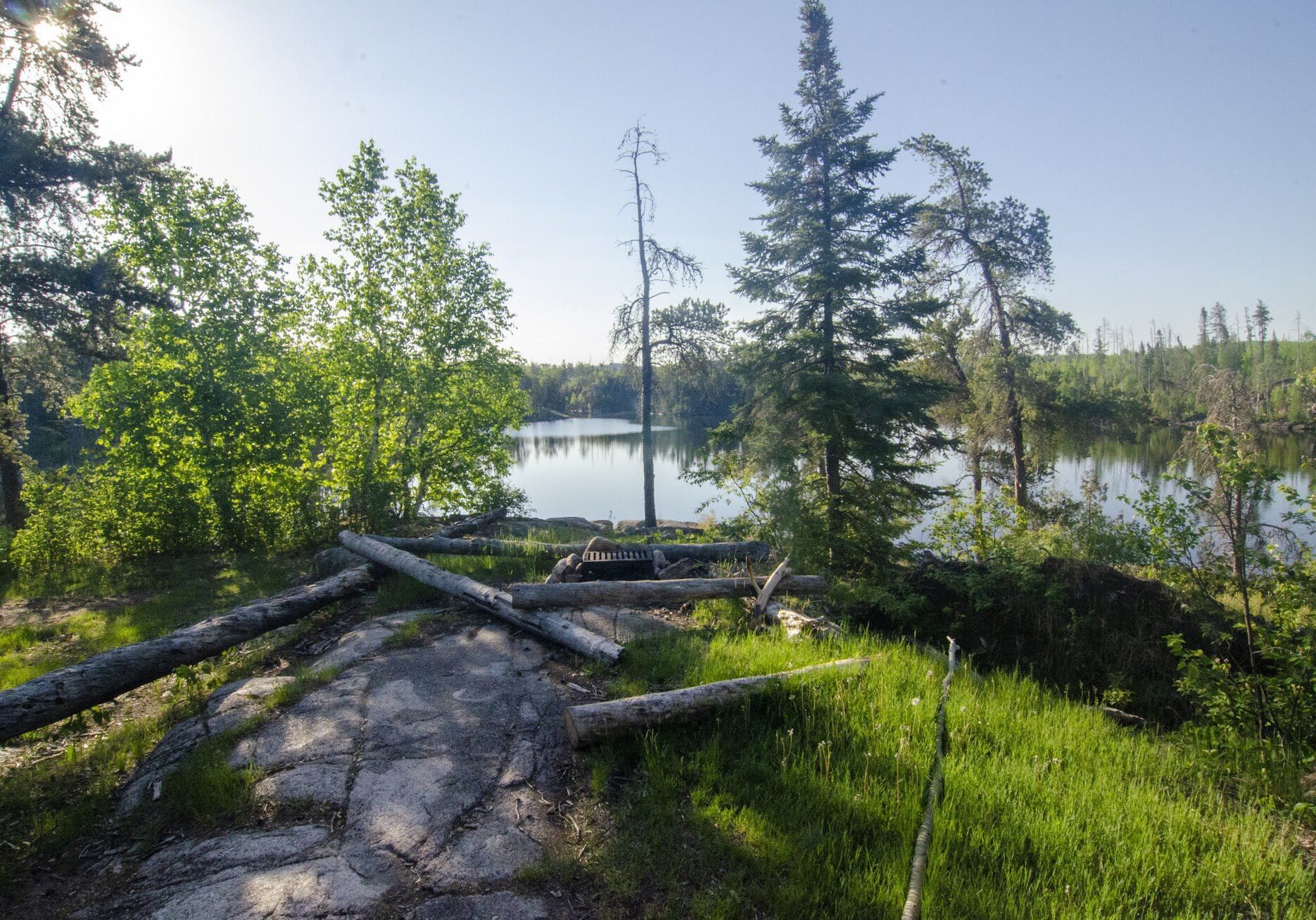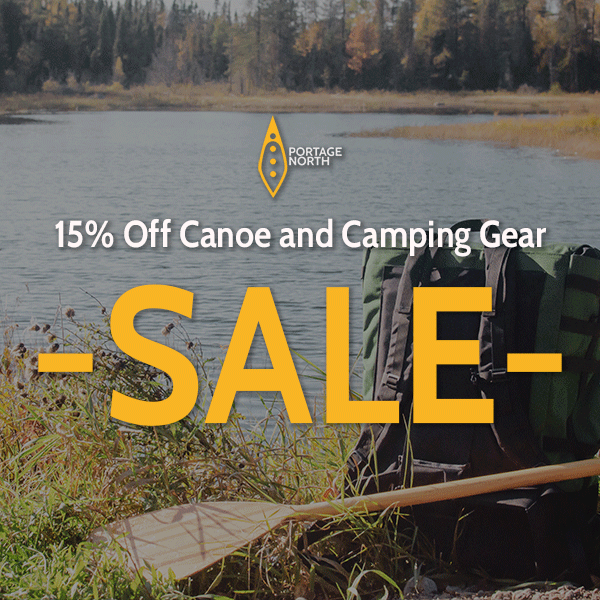Sign up for our newsletter to receive updates about new articles, great deals, and information about the activities you love and the gear that makes them possible:
Have You Read Our Other Content?
Echoes of ’93 – Managing a Complicated Wilderness
“There is currently too much visitor use in some areas of the BWCAW on some days. Excessive use results in the following impacts: Off-site camping on non-designated sites which impacts vegetation, soils, and heritage resources. Some designated campsites and portages are too heavily impacted based upon our LAC inventory data. Approximately 85% of all existing…
Gear Features: We’ve got your back(straps)!
At Portage North and Sundog Sport, we sell gear that we would want to use and that we can trust. In that pursuit, we are constantly improving our gear so that it can be more enjoyable to use, more trustworthy, and easier to make to a high standard. Much has changed since Portage North…
Worst BWCAW Reviews – The Wilderness is NOT for Everyone
This time of the year, the itch for that perfect summer canoe trip begins to intensify as permits are pulled, routes are planned, gear is cleaned, and the days begin to lengthen! It’s also time to remember that for every person who lives and breathes their wilderness trips, there is another who writes theirs off…
An Expert’s Perspective on BWCA Forests
Lee Frelich, Director of The University of Minnesota Center for Forest Ecology, is one of the foremost experts on the forests of the BWCAW and the fire ecology that dictates its composition. We interviewed him to gain his invaluable insight into this incredible ecosystem, its history, and a glimpse into its future. Question 1. For…
Is it possible to visit EVERY lake in the BWCA?
This is one of those funny questions. I don’t know if other major BWCA trip enthusiasts have had to encounter it, but I certainly have. It usually comes from someone that isn’t that familiar with the Boundary Waters who, upon hearing of your adventures and how much time you’ve spent, wonders if you’ve been to…
In the Context of Wilderness
Earlier this week, September 3rd, was the 59th anniversary of the 1964 Wilderness Act which established the BWCAW and 53 other areas as newly defined wilderness. The Boundary Waters Canoe Area Wilderness has since gone on to become one of the most well-known and widely-beloved wilderness areas in the country. In examining the BWCAW today,…
How to Hike the BWCA this Fall
For those of us whose Boundary Waters trips don’t end with canoe season, Fall can be a challenging time to decide what activities to pursue. As the ice begins to line the outer edges of the lakes and canoeing becomes tougher, it’s just the perfect time of the year to hit the trails and backpack…
Map Mondays – Week 5 – Baker to Magnetic
As part of our continuing series on the “route planning game,” we are creating routes using randomly selected entry points, exit points, and number of days to create unique and fun BWCA routes. This week highlights a route across some of the busier routes on the eastern BWCA but, in using some creative strategy, allows…


